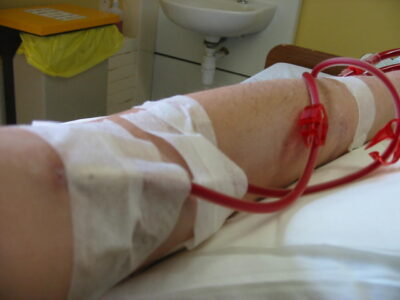NSE Option Chain Strategies for Event-Driven Trading: Capitalising on Market Reactions

Event-driven trading involves capitalizing on price movements triggered by specific events, such as earnings reports, economic releases, or corporate announcements. The NSE Option Chain serves as a powerful tool for traders looking to deploy strategies that take advantage of market reactions to these events. Let’s explore some NSE Option Chain strategies tailored for event-driven trading, aiming to maximize profits during periods of heightened volatility. Check what is demat?
Straddle Strategy:
The straddle strategy is a classic approach for event-driven trading. It involves simultaneously buying a call option and a put option with the same strike price and expiration date. Traders employ this strategy when they expect a significant price movement in the underlying asset but are uncertain about the direction.
Execution:
Buy a call option.
Objective:
Profit from substantial price movements triggered by the event. Check what is demat?
Risk and Reward:
Limited risk (premium paid for both options) with unlimited profit potential.
Strangle Strategy:
Similar to the straddle, the strangle strategy is designed for events where traders anticipate volatility but are unsure of the direction. It involves buying an out-of-the-money call and an out-of-the-money put with different strike prices but the same expiration date.
Execution:
Buy an out-of-the-money call.
Buy an out-of-the-money put.
Objective:
Profit from increased volatility and significant price movements. Check what is demat?
Risk and Reward:
Limited risk (premium paid for both options) with unlimited profit potential.
Iron Condor Strategy:
The iron condor strategy is employed when traders anticipate limited price movement in the underlying asset following an event. It involves simultaneously selling an out-of-the-money call and put while buying a further out-of-the-money call and put.
Execution:
Sell an out-of-the-money call.
Buy a higher out-of-the-money call.
Sell an out-of-the-money put.
Buy a lower out-of-the-money put.
Objective:
Profit from low volatility and a range-bound market after the event. Check what is demat?
Risk and Reward:
Limited risk and limited reward, with a defined maximum loss and profit.
Butterfly Spread Strategy:
The butterfly spread strategy is suitable when traders expect a moderate price movement in the underlying asset after the event. It involves buying one lower strike option, selling two middle strike options, and buying one higher strike option.
Execution:
Buy a lower strike option.
Sell two middle strike options.
Buy a higher strike option.
Objective:
Profit from moderate price movement with reduced upfront costs. Check what is demat?
Risk and Reward:
Limited risk (premium paid for the options) with limited profit potential.
Earnings Straddle Strategy:
Earnings announcements often lead to significant price fluctuations. The earnings straddle strategy involves buying a straddle just before the earnings release, anticipating a substantial move in the stock’s price. Check what is demat?
Execution:
Buy a put option.
Objective:
Profit from the price movement triggered by the earnings announcement.
Risk and Reward:
Limited risk (premium paid for both options) with unlimited profit potential. Check what is demat?
Conclusion:
Event-driven trading with the NSE Option Chain provides traders with a diverse set of strategies to capitalize on market reactions triggered by specific events. By selecting appropriate strategies based on the expected volatility and direction of price movements, traders can position themselves to maximise profits during periods of heightened market activity.





